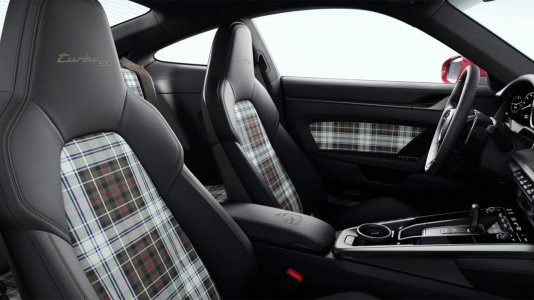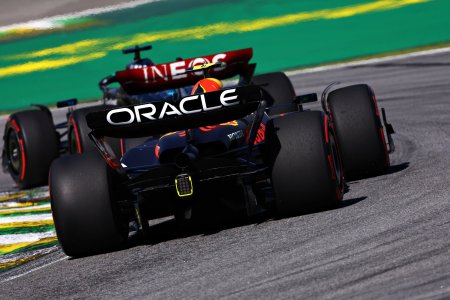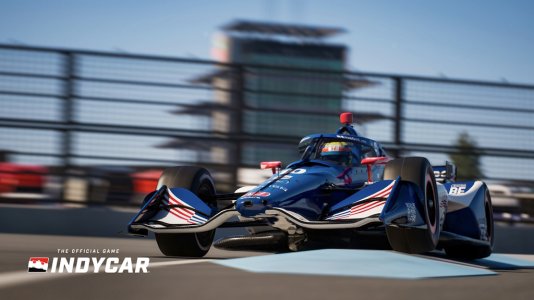It's actually very simple for me. I go with proof, you go with spanish articles that have no proof in them.
I wont say it anymore, Mclaren have ALWAYS treated both drivers equally.
This is the Mclaren way!
FIA is neither a British or Spanish organisation and so far we have ZERO, NADA, NO evidence to suggest the team treated one driver better then the other.
What we have is a butthurt Alonso. That´s about it.
You can post 55 more articles from Spain, it simply won´t change that fact.
Regarding tire pressures,
I wont say it anymore, Mclaren have ALWAYS treated both drivers equally.
This is the Mclaren way!
FIA is neither a British or Spanish organisation and so far we have ZERO, NADA, NO evidence to suggest the team treated one driver better then the other.
What we have is a butthurt Alonso. That´s about it.
You can post 55 more articles from Spain, it simply won´t change that fact.
Regarding tire pressures,
Q: (James Allen - ITV) Can you clear up the issue of the tyre temperatures in the final run in Q3 in China. Fernando said again yesterday that they were a bit high and he didn't know about that at the time. Can you clear up whether that is the case?
RD: You can't just do a yes/no answer to that, so I will try and give you an understanding and it will be interesting to see if Jean and Flavio have the same point of view. A racing tyre is a very challenging thing to understand.
The pressures on a racing car's tyre are influenced by several things. The first thing about China is that it was incredibly humid throughout the entire weekend, which means that keeping the humidity out of the fitting cycle, out of the cleansing cycle, purging cycle was very difficult, so maintaining consistency in tyre pressures through their heat range is very difficult.
Second thing is, no tyre is pre-set to the pressure at which it runs on the circuit. You are trying to determine how much more pressure a driver is going to put into the tyre on the out lap and you target that and virtually every tyre goes out with a different pressure to each other depending on where it is on the car and then you project, based on your experience in practice, where the tyre is going to finish in its given one lap and then coming in on a cooling lap.
So you are targeting something which is an inconsistent and I would say that the ability of our engineers to get our tyre pressures absolutely to within a tenth of a pound when the cars come in after qualifying they probably achieve it less than 10 per cent of the time because of the intense variables.
So all of the tyres that came in on both of our cars were out of the optimum pressure target that we had set for them. Is it true that they were a bit high on our tyres? The answer is yes. Were they abnormally out of target in relation to the challenge? No.
If, as we were able to analyse, the performance between the two cars, there was below five-tenths of a second difference between the drivers qualifying, two and a half tenths were fuel difference because Lewis was fuelled lower and most of the time that Lewis made up on Fernando was at two specific braking areas, one in which he picked up nearly two tenths of a second and the rest of the lap took care of the rest.
So the difference in lap times was fuel load and specific points on the circuit where Lewis did a very good job on braking. And they are the facts, the absolute facts. Maybe not what Fernando felt when he got out of the car, but I feel sure he understands now.










